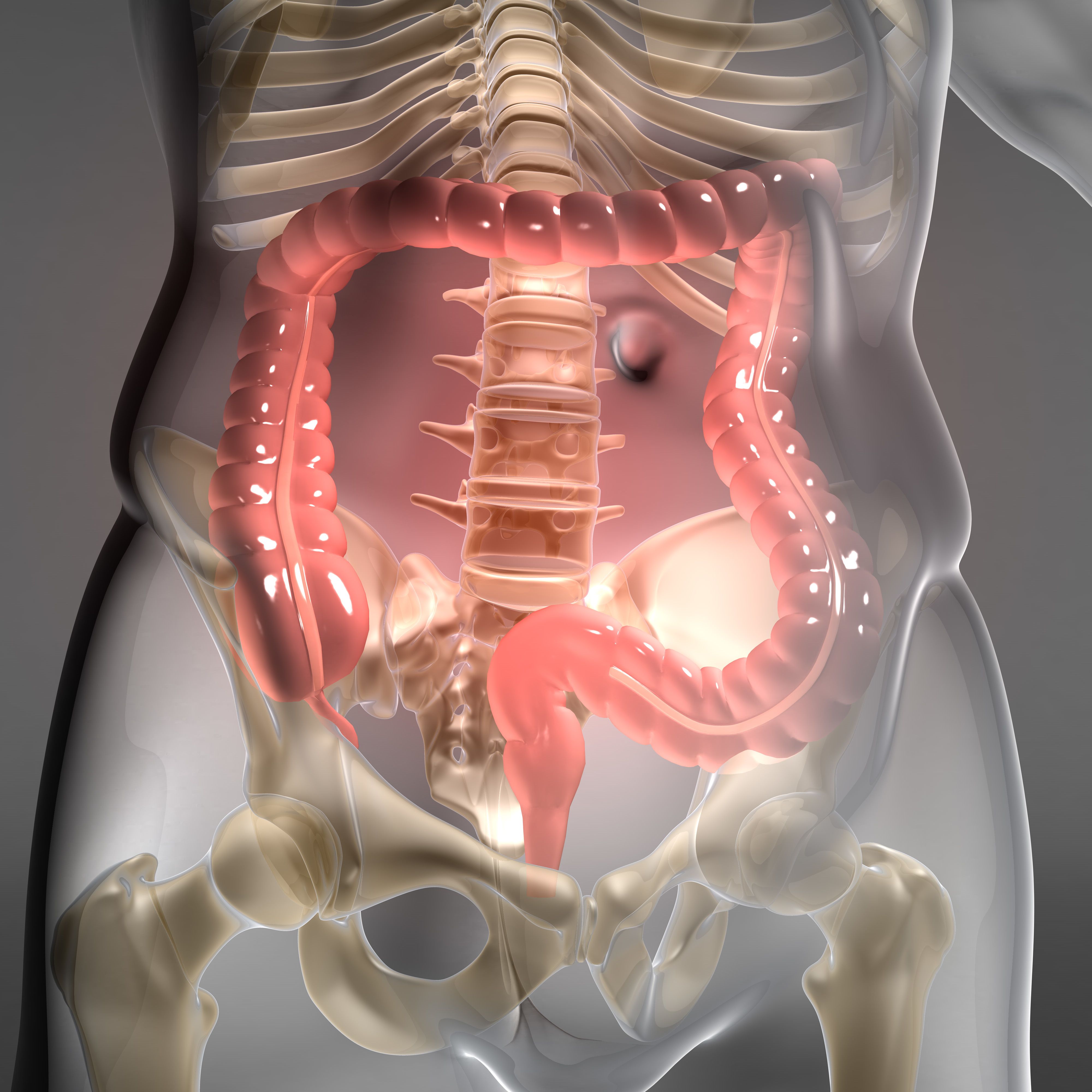Thermal Ablation Elicits OS Similar to Resection in CRC Liver Metastases
There were fewer adverse effects and no treatment-related deaths associated with thermal ablation vs surgical resection for patients with colorectal liver metastases.
There were fewer adverse effects and no treatment-related deaths associated with thermal ablation vs surgical resection for patients with colorectal liver metastases.

Thermal ablation elicited comparable overall survival (OS) outcomes vs surgical resection in patients with 10 or fewer colorectal (CRC) liver metastases of 3 cm or smaller, according to findings from a preplanned interim analysis of the phase 3 non-inferiority COLLISION trial (NCT03088150) published in The Lancet Oncology.1
After a median follow-up of 28.9 months, no statistically significant benefit with thermal ablation or surgical resection was found, with overall survival not found in either arm (HR, 1.05; 95% CI, 0.69-1.58; P = 0.83). Additionally, 30% of patients treated with thermal ablation and 32% of patients treated with surgical resection for liver metastases had died as of data cut-off.
Total 1-, 2-, and 5-year OS rates were 92.8% (95% CI, 89.9%-95.7%), 79.1% (95% CI, 74.0%-84.2%), and 54.5% (95% CI, 46.5%-62.5%), respectively. In the experimental group treated with thermal ablation, they were 92.7% (95% CI, 91.2%-94.1%), 78.5% (95% CI, 71.2%-85.8%), and 51.2% (95% CI, 39.4%-63.0%), respectively. In the control group treated with surgical resection, they were 92.9% (95% CI, 91.3%-94.4%), 79.6% (95% CI, 77.0%-82.3%), and 58.0% (95% CI, 53.4%-62.9%).
“The assumption that thermal ablation should only be used for unresectable [CRC] liver metastases needs to be reconsidered and our results advocate a more individualized approach to treatment, taking into account the specific clinical characteristics of each patient as well as the expertise available within the medical team,” Susan van der Lei, MD, PhD, of the department of Radiology and Nuclear Medicine at Amsterdam University Medical Center, wrote in the publication with study co-investigators.
The phase 3 COLLISION trial was stopped early after meeting 1 of 3 predefined stopping rules after a superior safety profile was observed in the experimental group. Adverse effects (AEs) occurred with less frequency in the ablation arm (19%) vs the resection arm (46%; P < .0001). Additionally, low-grade and high-grade AEs, respectively, occurred with less frequency in the experimental group (P = .004 and P = .004, respectively).
A total of 342 adult patients with 1 to 10 small-sized liver metastases that were able to be ablated and resected were enrolled for the trial. Of those enrolled, 300 were randomly assigned 1:1 to receive either thermal ablation or surgical resection. After 4 patients were excluded after histopathological confirmation of hepatocellular carcinoma (n = 2), cholangiocarcinoma (n = 1), and ovarian carcinoma metastases (n = 1), 148 patients were assigned to both experimental and control groups.
Patients assigned to the ablation arm received either radiofrequency ablation or microwave ablation of hepatic metastases.2 Resection for additional lesions that were not able to be ablated was permitted. Patients assigned to the resection arm underwent resection of all-target hepatic metastases, with thermal ablation permitted for unresectable lesions.
Patients in the experimental and control groups had a median age of 67.9 (range, 29.2-85.7) and 65.1 years (range, 31.4-87.4), respectively, were primarily male (68% vs 72%), had an American Society of Anesthesiologists (ASA) score of 2 (69% vs 82%), had a Charlson’s comorbidity index classified as minor (47% vs 47%), and had an average BMI of 26.5 kg/m2 (range, 18.6-42.7) and 26.1 kg/m2 (range, 17.2-45.5). Additionally, most patients in respective arms had primary tumors located in the rectum (39% vs 39%) or that were left-sided (39% vs 34%), had stage 3 tumors (63% vs 66%), node stage 1 (41% vs 53%), and did not have extrahepatic disease at diagnosis (99% vs 100%).
The primary end point of the study was OS. Secondary end points included disease-free survival (DFS), time to progression, and safety.
References
- van der Lei S, Puijk RS, Dijkstra M, et al. Thermal ablation versus surgical resection of small-size colorectal liver metastases (COLLISION): an international, randomised, controlled, phase 3 non-inferiority trial. Lancet Oncol. Published online January 20, 2025. doi:10.1016/S1470-2045(24)00660-0
- COLLISION trial - colorectal liver metastases: surgery vs thermal ablation (COLLISION). ClincialTrials.gov. Updated December 20, 2022. Accessed January 28, 2025. https://tinyurl.com/3cbexxe2